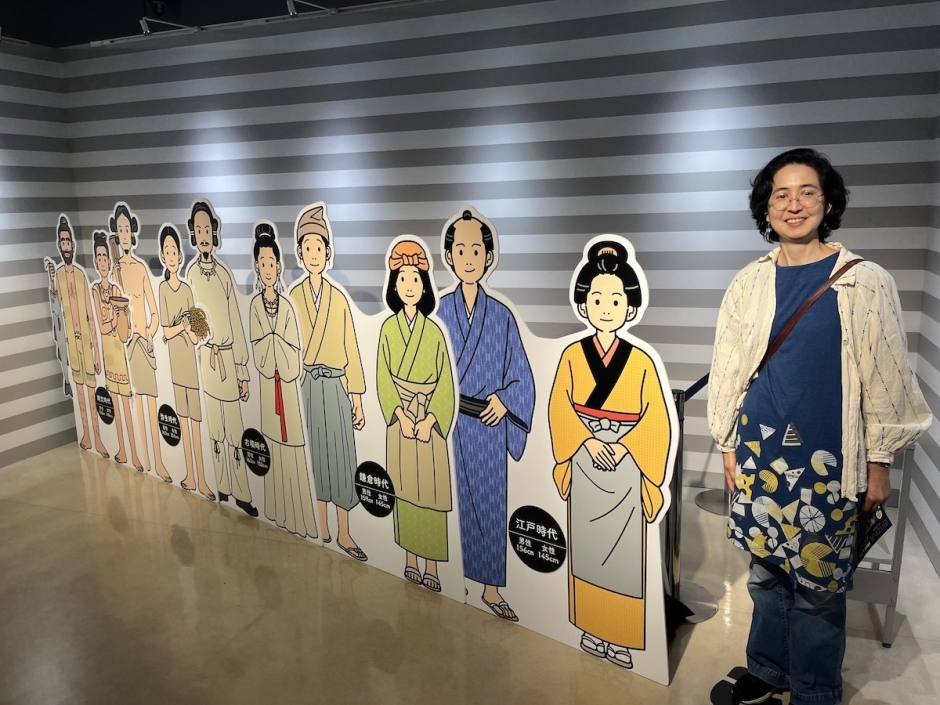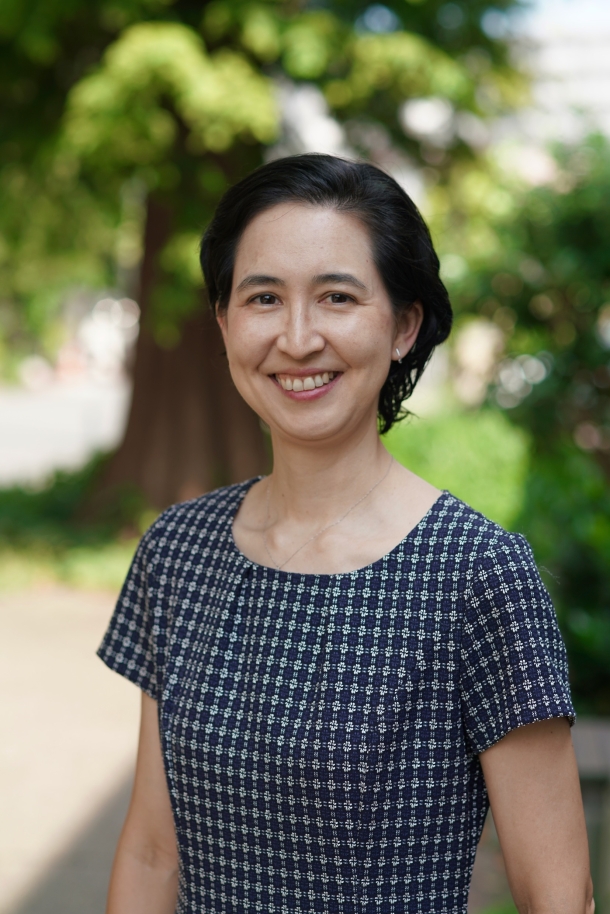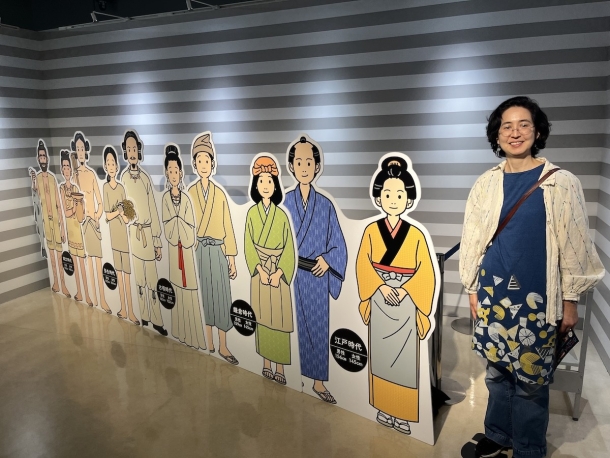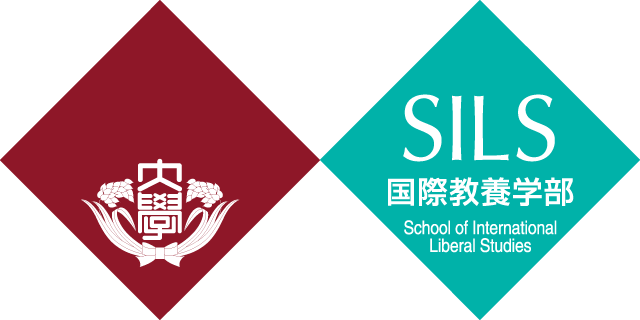- News
- 【Introduction of New Faculty Member】NAKAI, Maki, Associate Professor
【Introduction of New Faculty Member】NAKAI, Maki, Associate Professor

- Posted
- 2025年5月8日(木)
Self-Introduction

I am Maki Nakai, and I am delighted to join the School of International Liberal Studies from this April as an associate professor of premodern Japanese history. Currently I teach several courses in this area, including “History of Premodern Japan,” which has been newly added to the SILS curriculum. Through these courses I hope to provide students with a window on alternative ideas as well as opportunities to scrutinize information and place it in context. Although history is the study of past events, historical narratives are always for the living. History has motivated and enlightened or simply entertained us. History has also been manipulated and exploited, most obviously by governments and politicians, sometimes contributing to man-made tragedies. I look forward to sharing with SILS students the joy of exploring intricate past worlds and assisting them to cultivate the acute eyes necessary for surviving in this information-overflowing world.
My own interest in history probably originates from my love for narratives and an innocent curiosity in the distant past, shaped by a family environment where history and literature were always present. This simple attraction to the past first led me to major in archaeology, where I wrote a bachelor’s thesis on a paleolithic site in Inner Mongolia. My interest gradually shifted towards the era with written records, and through many fortuitous encounters, I came to study the cultural history of classical and early medieval Japan. I have in particular focused on the relationship between the power structure and court dress of the Heian court and Kamakura shogunate; methodologically, I have sought an interdisciplinary approach of history, literature, and fashion. Long years of academic training have also taught me to appreciate the pleasures and rewards of the research process itself, the painstaking work of deciphering sources and lacing together small pieces of information.
Recent Research Interest
To explore the political and social functions of clothing in classical and medieval Japan, I have pursued topics such as how a less formal style of male court dress called nōshi came to mark the privileged status of the emperor’s relatives and how it was used to maintain or transform the court order at different moments in history. While attire was extremely important in premodern ruling communities, the history of Japanese court dress remains understudied, and I have continued to investigate it through an examination of the development of manuals on court dress in the twelfth and thirteenth centuries and their reception in later periods.
As an extension of this investigation, I am also engaged in a collaborative research project on Edo antiquarianism, in which I am exploring how Tokugawa-period scholars studied court cultures. Medieval aristocrats studied the rules, practices, and histories related to court dress for centuries, but they largely kept this knowledge secret as privileged house traditions. In the Tokugawa period, however, scholarship became more open to different social groups and was shared via study sessions, the circulation and hand-copying of texts, and published books. Many people pursued a curiosity in ancient and exotic objects, and this intellectual trend (antiquarianism) also changed the approaches and content of court-dress studies. Uncovering the details of Tokugawa-period court-dress studies will help us recognize the legacy and limitations of this vibrant early-modern scholarship as well as improve our understanding of classical and medieval court culture.
An experience since coming to Waseda was a vivid reminder of how scholarship is an ongoing enterprise linking past and present generations. At the start of the term I went to the Waseda Central Library to check a book, which I found in the Tsunoda Collection, a set of books that once belonged to Tsunoda Ryūsaku, an early Waseda graduate who pioneered Japanese studies in the United States. The row of books on the shelves materialized the rich tradition and resources of Japanese studies at Waseda. Still feeling the weight of Tsunoda-sensei’s book in my hand, I am deeply grateful to be able to continue my research in this wonderful environment.

Profile
I received two B.A.s from the University of Tokyo, first in Letters with an archaeology major and then in Arts and Sciences with a major in interdisciplinary Japanese cultural studies. I then completed the graduate program of Comparative Literature and Culture at the Graduate School of Arts and Sciences, University of Tokyo, receiving an M.A. and Ph.D. in Arts and Sciences. After serving at SILS as a research associate for five years, I worked at the Graduate School of Meiji University as an assistant and associate professor of English academic skills, while teaching courses on Japanese history at several other universities in Tokyo.
